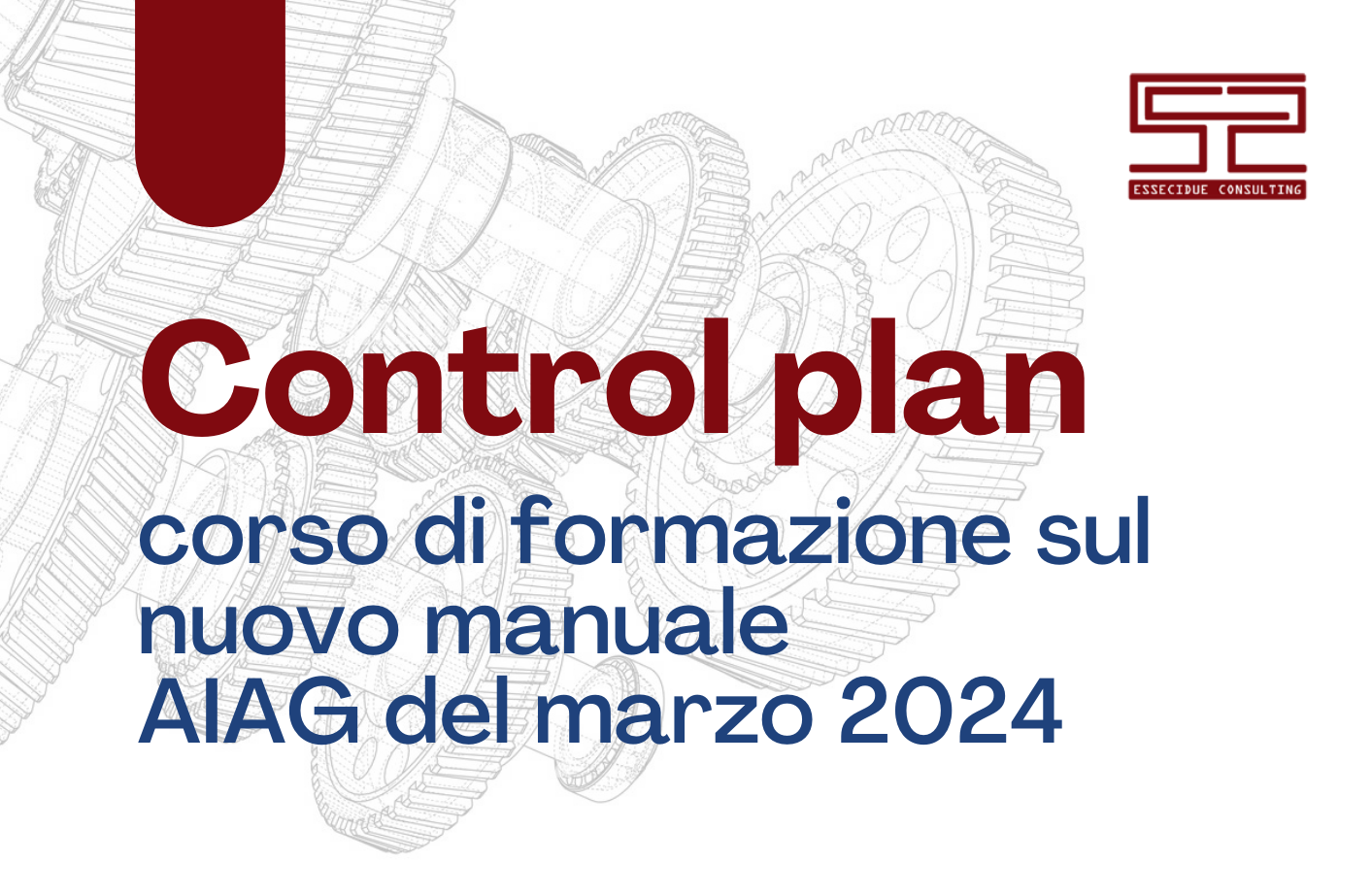
Il Manuale AIAG APQP II edizione del luglio 2008 dedicava al Control Plan una trentina di pagine nel capitolo 6.
Contestualmente alla nuova recente revisione 3 della APQP AIAG del marzo 2024, la AIAG, in partnership con Ford, General Motors e Stellantis, ha dato vita ad un nuovo manuale specifico, un nuovo core tool, dedicato interamente al Piano di Controllo.
E’ nato quindi il sesto dei Core Tools AIAG, dal titolo CONTROL PLAN Reference Manual, con validità dal 1 marzo 2024.
Il CONTROL PLAN Reference Manual, oltre a fornire numerosi suggerimenti e spunti per la creazione, l’uso e il mantenimento del Control Plan, introduce numerose novità sottoforma di nuovi requisiti, quali ad esempio la gestione delle caratteristiche Pass-Through e i criteri per la scelta dei “red rabbit” usati per verificare i sistemi Poka-Yoke.
Inoltre, pur lasciando ovviamente libertà nei formati da usare, come pure negli eventuali software, il manuale indica tuttavia quali dovranno essere i contenuti minimi obbligatori per i Control Plan.
Una volta che gli OEM richiederanno l’uso di questo manuale nei loro CSR, questi nuovi requisiti diventeranno quindi vincolanti e obbligatori. I primi ad aver annunciato questa intenzione sono ovviamente i tre promotori di questo manuale: Ford, General Motors e Stellantis.
The AIAG APQP II Manual, 2nd edition of July 2008, dedicated about thirty pages to the Control Plan in Chapter 6.
Concurrently with the recent revision 3 of the AIAG APQP in March 2024, AIAG, in partnership with Ford, General Motors and Stellantis, has created a new specific manual, a new core tool, entirely dedicated to the Control Plan.
Thus, the sixth of the AIAG Core Tools has been born, titled CONTROL PLAN Reference Manual, effective from March 1, 2024.
The CONTROL PLAN Reference Manual, besides providing numerous suggestions and insights for the creation, use, and maintenance of the Control Plan, introduces several innovations in the form of new requirements, such as the management of Pass-Through characteristics and criteria for selecting “red rabbits” used to verify Poka-Yoke systems.
Additionally, while obviously allowing freedom in the formats to be used, as well as in any software, the manual nevertheless indicates what the mandatory minimum contents for the Control Plans should be.
Once the OEMs require the use of this manual in their CSRs, these new requirements will therefore become binding and mandatory. The first to announce this intention are obviously the three promoters of this manual: Ford, General Motors, and Stellantis.